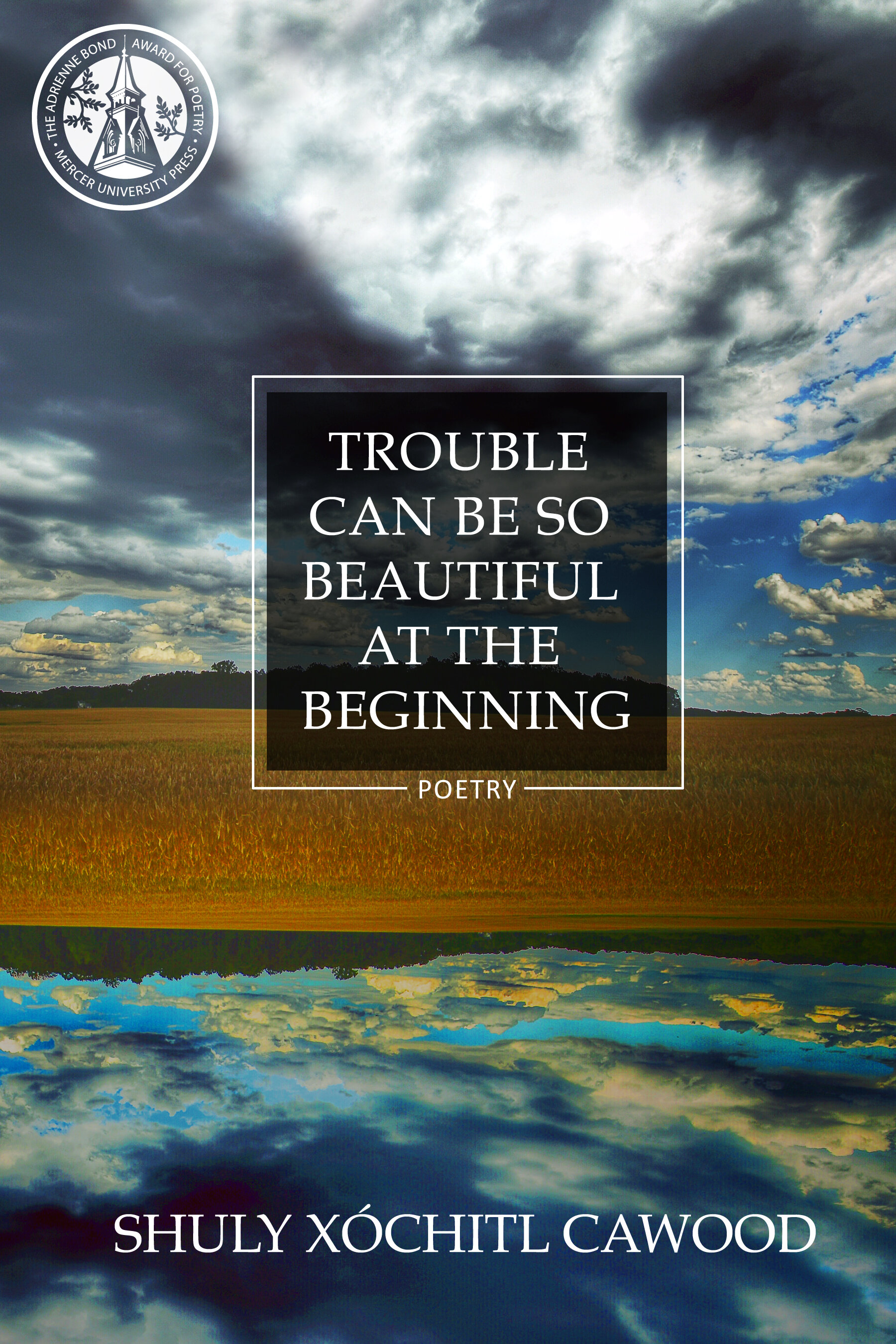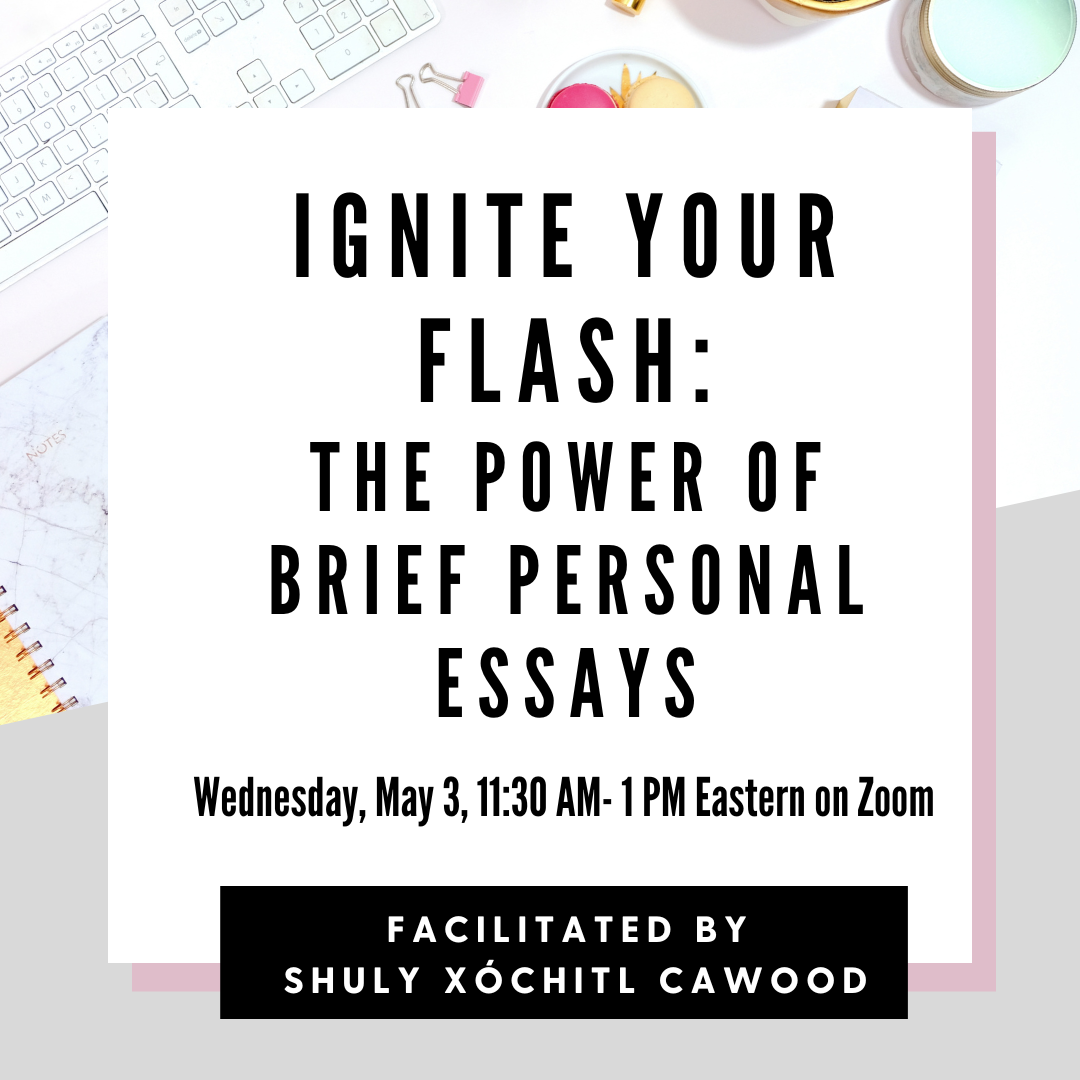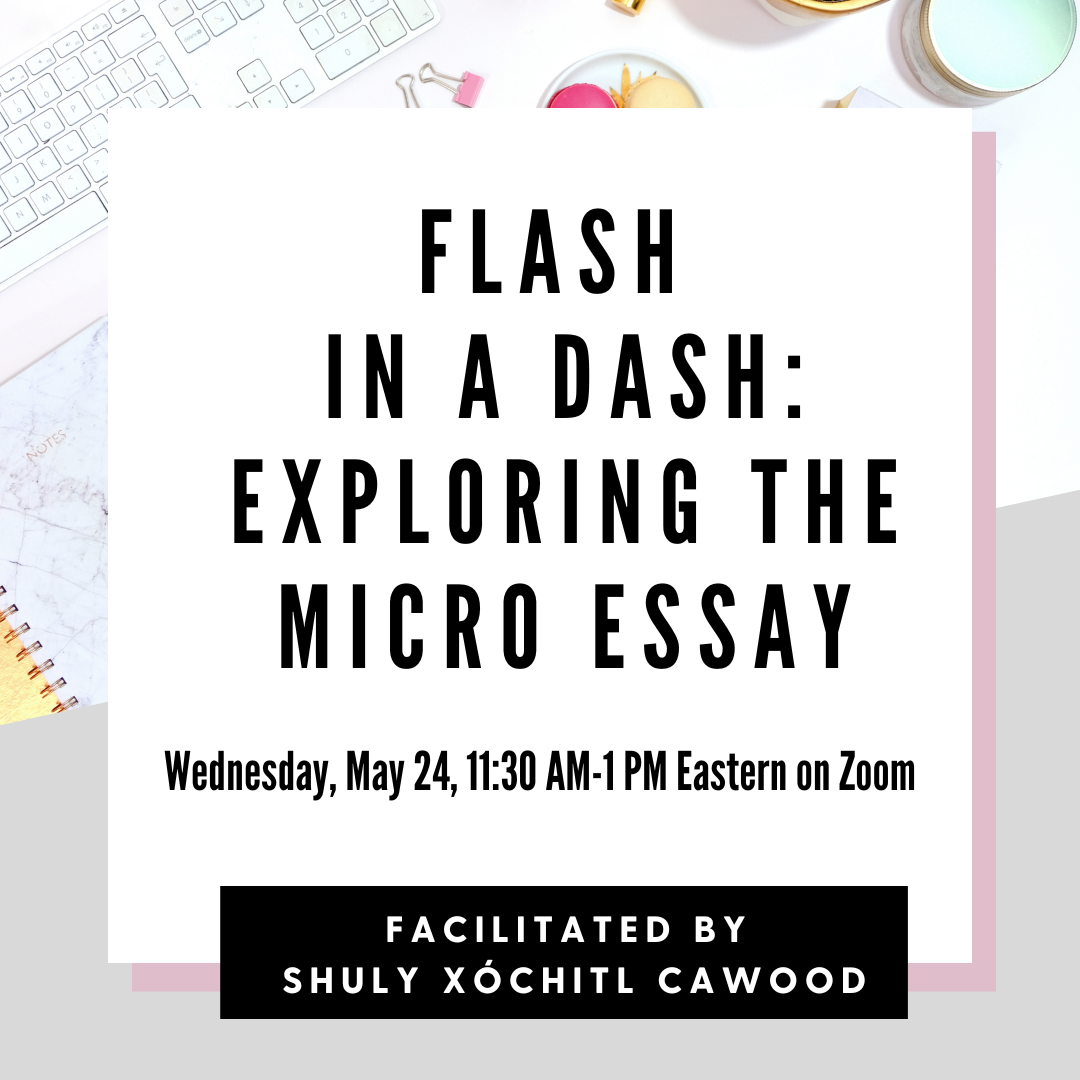I could tell you this story started in July, when I got a call from someone I love who lives seven hours away.
Or I could tell you this story started last year, on my birthday, when I told myself I’d had enough—that I wasn’t going to let fear stand in my way anymore.
Or I could tell you this story started in December when a friend sent me a quote from Lao Tzu.
Or maybe this story started when I was very young, younger than even I know.
But in July I got a call from someone I love who told me they were going to the ER and wanted me to know. The message was no need to come. But I told my husband, and he asked, “Should we go?” and I said yes. An hour later we were heading onto the highway as evening turned to darkness.
Turns out, we were needed, though no one could have predicted it. The person I love got admitted into the hospital and one day passed into another and another, and I’m not proud to tell you that every one of those days I cried my eyes out wanting to trade what was in that moment to what had been before—as if the “before” was somehow full of a peace and stability that could stave off pain and change. Wasn’t it possible to somehow turn the clock back and keep it there?
I’ve been thinking a lot about change lately: what we are asked to give up to make room for the new. Sure, sometimes we want to shed ourselves of the past—goodness knows there have been times in my life when I wanted to hurry myself through a day or circumstance or painful time. Or when I would have gladly handed over a particular failure or weakness and exchanged it for something better. But one of my vulnerabilities has been that I often want things to stay exactly as they are. I’m not good at embracing the changes that come. I am forever yearning for what isn’t, what was, what might have been.
But sometimes change, albeit hard, brings about something better, unseen, not even conceived. I can’t tell you what that will be under these circumstances, but I have been around this block of life to know it’s true. And that there are always blessings in new beginnings if we are open to seeing them.
The person I love got out of the hospital, thank goodness, but I can tell—could tell even then—that a new chapter was about to begin. And didn’t we all want the old chapters? Didn’t we all want to hold onto the past?
Yes, but this is impossible.
Here is the quote my friend Lois sent me from Lao Tzu, and I can’t tell how many times I have thought about this in recent weeks: “If you realize that all things change, there is nothing you will try to hold on to.”
I move forward now, into a new unknown.
This morning, on my walk, I stared up into the canopy of leaves in the trees. I saw them flutter and bend with the wind, not resisting, always finding the light, no matter how strong the shadow. In this new day, there is so much to discover. I hope I have the wisdom to see it all, not through my fear, but for what it really is.
Photo credit: Rémi Walle









